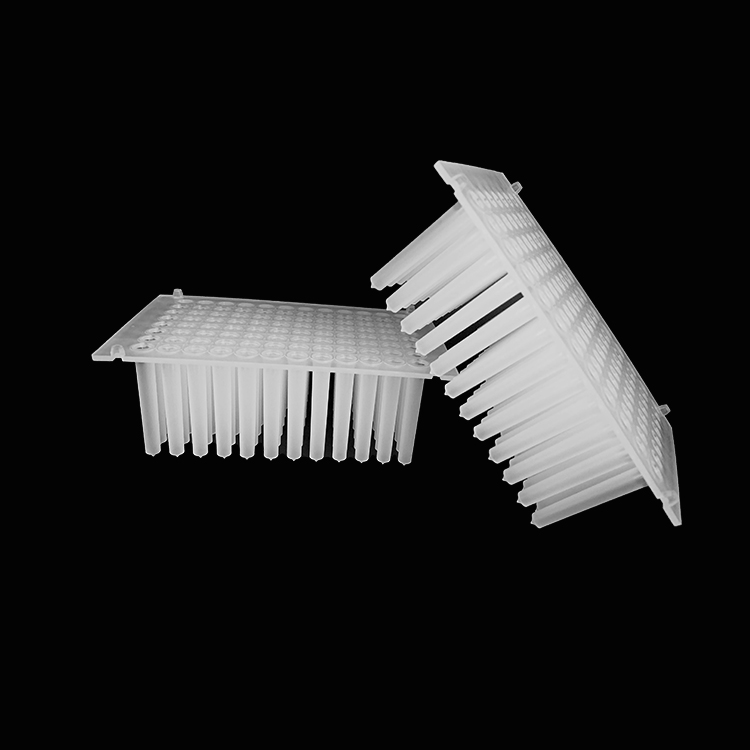
[China Aluminum Industry Network] In order to make the rich copper-colored aluminum profiles suitable for building windows and doors, drawing on the yellow color obtained by electrolytic coloring with potassium permanganate, the golden weather resistance after electrophoresis treatment has greatly improved the successful experience, In the past few years, people continuously searched for suitable processes for electrophoresis of copper-colored aluminum profiles. Unfortunately, it was found that the copper color is harder to electrophoretically treat than the yellow color obtained by electrolytic coloring with potassium permanganate. The reason is that the copper color obtained by depositing copper in the pores of the oxide film is prone to anodic dissolution during electrophoretic treatment, resulting in red copper. The color completely fades.
In order to make the copper color obtained by electrolytic coloring not fade or fade during the subsequent electrophoresis and baking, it is also possible to protect the copper deposited in the oxide film to prevent it from prone to anodic dissolution.
The following protection measures can effectively prevent copper fading:
(1) The copper-colored anodic oxidation film is semi-closed and can be closed with cold or medium temperature. However, the copper anodic oxidation film cannot be completely closed, otherwise it will seriously affect the electrophoresis process and hinder the formation of the electrophoretic paint film when copper electrophoresis fading is inhibited, and the completely closed copper-colored anodic oxidation film has too low thermoplasticity. When the electrophoretic film is baked, the oxide film rupture will inevitably occur.
(2) The copper anodized film is passivated to form a passivation film on the copper deposited in the pores of the oxide film, so as to prevent copper from anodizing during electrophoresis;
(3) At the same time taking the above two preventive measures, the anti-fade effect is more stable than the single one;
(4) The copper-colored anodic oxide film is subjected to high-temperature hot water treatment at 80-85°C. Equivalent to the protective measures of (1) and (2), but it will affect the electrophoresis process of the posterior tract and deteriorate the performance of the surface electrophoretic membrane;
(5) On the basis of (1) or (2), the hot water washing temperature before the electrophoresis is controlled at 70-75°C, and the hot water washing time is controlled at 7-10 minutes (the upper limit is taken at the higher temperature, and the lower limit is taken at the lower temperature. ), the anti-fading effect is also more stable than a single one;
(6) Perform the secondary electrolytic coloring on the copper-colored anodic oxide film (ie, perform a second electrolytic coloring treatment after coloring with copper and washing with water). The single tin salt or tin-nickel mixed salt coloring bath can be adopted, so that the copper surface deposited in the oxide film hole is protected by trace tin and nickel.
This prevention measure is relatively easy to obtain a stable copper color, and has no negative effect on the suppression of baking film cracking. A small amount of copper sulfate that is brought into the tin salt or tin-nickel mixed salt tank does not generally cause pollution, because copper sulfate is usually The reducing agent present in the tin salt or tin-nickel mixed salt solution is reduced to elemental copper and settled at the bottom of the tank.
These tip combs are for use with the Pharma KingFisher Flex 96 Deep-Well Head Magnetic Particle Processor or MagMAX Express-96 Deep-Well Magnetic Particle Processor in combination with PrepSEQ ResDNA kits and ProteinSEQ kits.
Optimize performance using KingFisher Flex System consumables designed specifically for use with these instruments. KingFisher Flex disposable plastics (tip combs and microplates) are made of polypropylene and are ideal for magnetic particle processing because of their low binding affinity for biomolecules. Their special design enables excellent recovery of magnetic beads.
The tip combs are made of PP material, they can be used with 2.2ml square well V bottom and 0.5ml elution plates for the system KINGFISHER FLEX. The tip combs could suffer centrifuge 3000-4000 and don't change the original shape. The products are suitable for the standard ANSI and multi-channel Pipette Tips machnie and automatic equipment. We could accept OEM/ODM.
For use with Viral RNA extraction, DNA extraction, RNA/DNA quantification, immunopreciptitations and many more KingFisherâ„¢ applications
good chemical and physical resistance: e.g. phenols, chloroform, DMSO and temperatures as low as -80°C/-112°F

Tip Comb,Tip Comb Plate,Kingfisher Tip Comb,Tip Comb Kingfisher,Magnetic Tip Comb,8-Strip Tip Comb
Yong Yue Medical Technology(Kunshan) Co.,Ltd , https://www.yonyue.com